Unusual rose sucker
TracyTaub
12 years ago
Related Stories

WINTER GARDENINGPruning Secrets for Exquisite Roses
Encourage gorgeous blooms year after year with this time-tested advice on how to prune your rosebush in winter for health and shape
Full Story
ARCHITECTUREHouzz Tour: A Most Unusual Trailer in Texas
With an air-conditioned bathroom, screened porches and a sleeping loft, this riverside trailer site has it all
Full Story
GARDENING GUIDESLearn the Secret to Bigger and Better Roses
Grow beautiful roses using both ordinary and unusual soil amendments
Full Story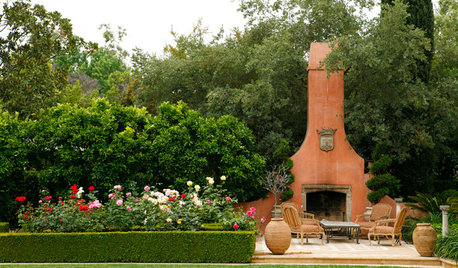
LANDSCAPE DESIGNMake Your Roses Even More Beautiful With These Companion Plants
Nourish your rosebushes and create a visual feast with these 7 classic and unexpected plant pairings
Full Story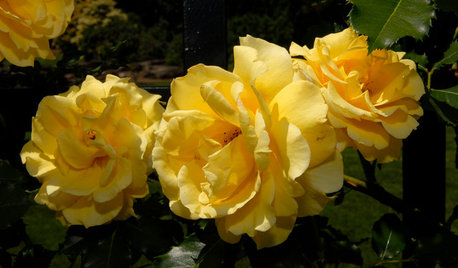
GARDENING GUIDES5 Favorite Yellow Roses for a Joyful Garden
Make 'cheery' the name of your garden game when you order your roses sunny side up
Full Story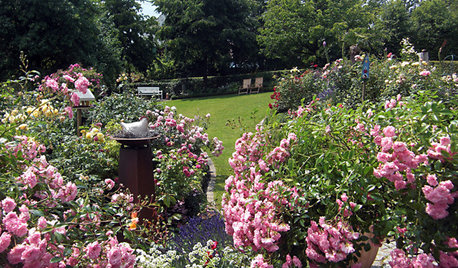
GARDENING GUIDES5 Sweet to Spirited Pink Roses for an Enchanting Garden
Whether you go demure or daring, there's a pink rose here to make you flush with garden pride
Full Story
GARDENING GUIDES6 Wonderfully Easy Roses for Any Gardener
Look like an expert even if you're just starting out, with these low-maintenance gems of the rose world
Full Story
GARDENING GUIDES6 Captivating Roses for an Alluringly Fragrant Garden
Perfume your garden with aromas from richly spicy to lightly sweet, without sacrificing an inch of color
Full Story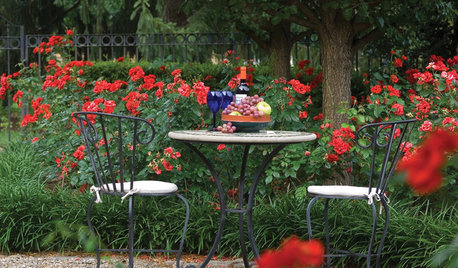
GARDENING GUIDES5 Red Roses to Stir Garden Passions
Show your devotion to color, scent and more with these regal landscape beauties
Full Story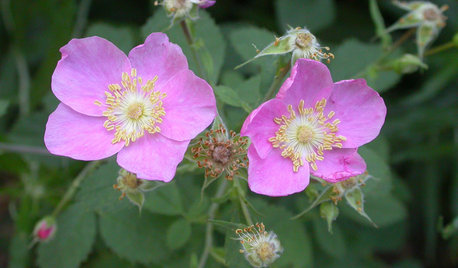
GARDENING GUIDESGreat Design Plant: Rosa Californica
Plant California wild rose for easy care and a touch of romance in your native garden
Full Story





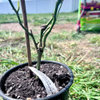


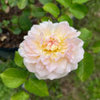
jerijen
anntn6b
Related Professionals
Oconomowoc Landscape Architects & Landscape Designers · Avocado Heights Landscape Contractors · Barrington Landscape Contractors · Bellefontaine Neighbors Landscape Contractors · Cicero Landscape Contractors · East Patchogue Landscape Contractors · Essex Landscape Contractors · Framingham Landscape Contractors · Marlborough Landscape Contractors · Mesa Landscape Contractors · Milford Landscape Contractors · Mount Sinai Landscape Contractors · Nashua Landscape Contractors · St. Louis Landscape Contractors · Wailuku Landscape Contractorsroseseek
TracyTaubOriginal Author
TracyTaubOriginal Author
jacqueline9CA
reg_pnw7
TracyTaubOriginal Author
roseseek
TracyTaubOriginal Author
Tessiess, SoCal Inland, 9b, 1272' elev
anntn6b
petaloid